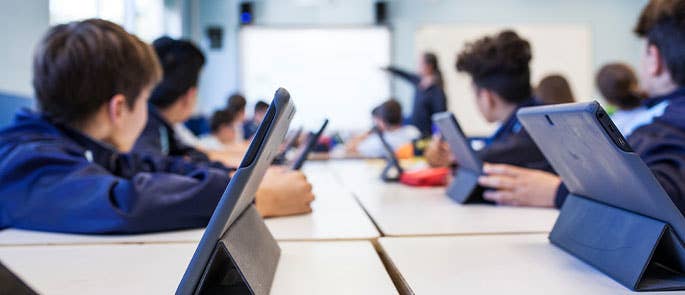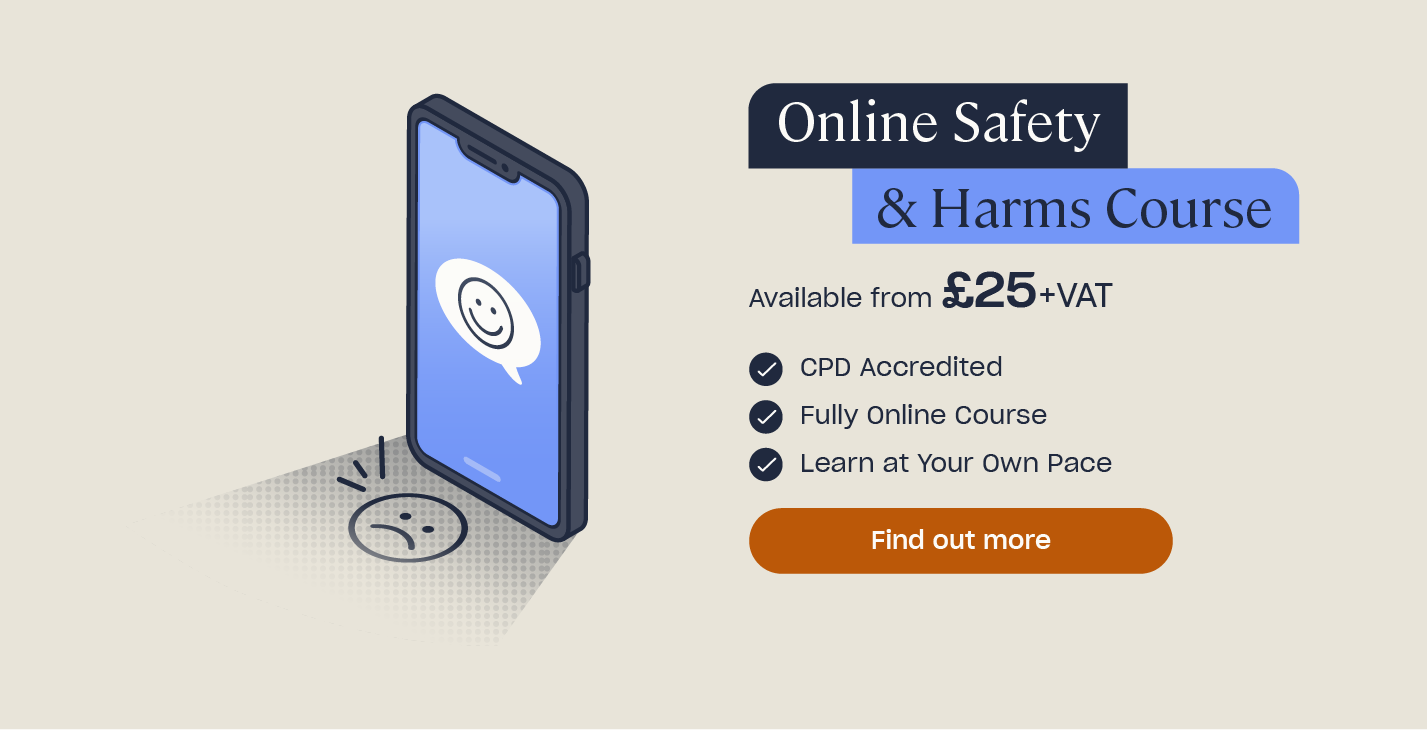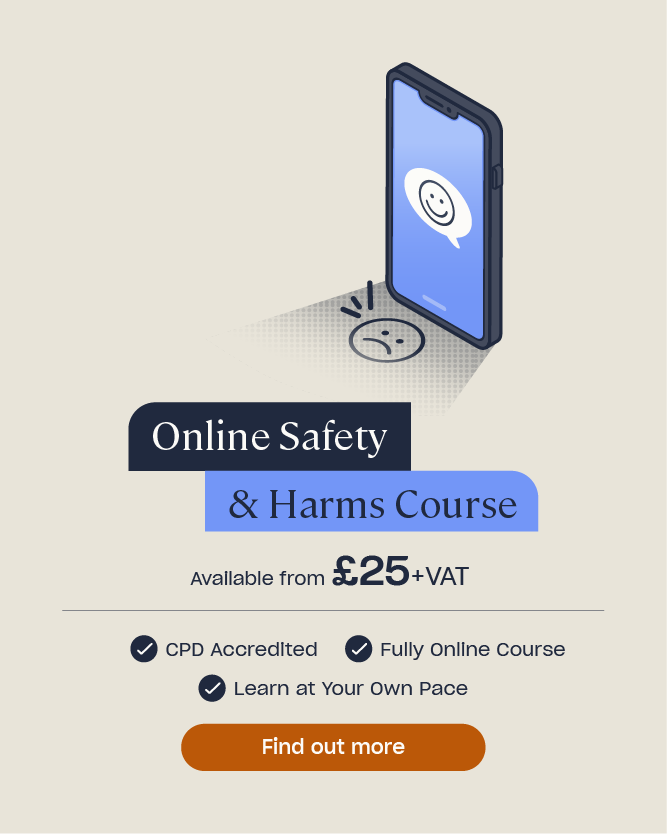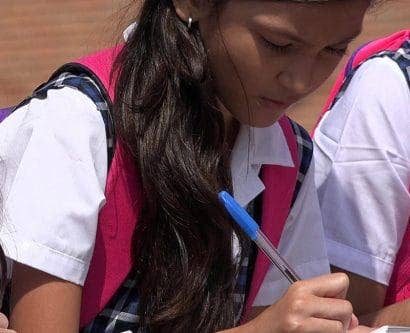Technology in Education
Some of us may well remember that all too familiar screech of chalk on a blackboard, but technology in education has progressed exponentially since the days of broken chalk nubs and dusty board cleaners. The use of technology in education is not new and has often gone hand in hand with the development of technology in wider society. From interactive whiteboards to laptops, iPads to subject specific apps, technology has now firmly cemented itself in the educational sphere and in many situations has proven to be an invaluable aid to learning. In this article we will explore what technology in education is, the pros and cons of using technology in education and how you can best approach it in the classroom.

What is Technology in Education?
Technology in education, also referred to as educational technology or EdTech, relates to the use of technology to support teaching and learning. It can also refer to the use of technology to help with the effective day-to-day running of educational institutions. EdTech doesn’t just refer to the physical devices that can be used in education, but also digital software, online platforms and tools which can all be used to enhance teaching and learning.
As mentioned, technology in education isn’t new, in fact the first interactive whiteboards were created in the 1990s. Though they were first designed for offices, interactive whiteboards grew in popularity in schools in the early noughties and by 2004 26% of British classrooms had one. Technological advancements often end up in the classroom in one way or another and this can have both positive and negative effects. However, it would be short sighted to view all technology in education as negative and it’s important to consider how technology has changed since one’s own time in school. Technology in education is not intended to replace a teacher or the benefits of traditional teaching methods. Instead, it is designed to support teaching and teachers, reflect modern developments and enhance learning opportunities.
Covid-19 was undeniably a notable catalyst for the use of technology in education. The Department for Education (DfE) notes that the pandemic and resulting partial school closures significantly disrupted the delivery of education across the country. They posit that this created ‘an unprecedented need for remote teaching and learning solutions.’ Research cited by the DfE indicates that during the pandemic 64% of schools introduced, increased or upgraded their technology in order to support this need. Moreover, 80% of schools across the country utilised both old and new tools, such as online learning platforms and digital curriculum content tools, to deliver remote learning to students. This rapid growth in the use of technology highlights how it could be positively used in education to facilitate learning without compromising quality.

Examples of Technology in Education
Technology can be used in education in numerous different ways and it doesn’t solely refer to the use of electronic devices such as laptops and tablets. In 2022, the DfE conducted a qualitative review of technology in education and found that it was typically used in three key ways in schools.
Below you will find examples of the type of technology used in these three areas.
School management and administration
Technology used in this area enables schools to undertake day-to-day administration more effectively and includes technological tools to:
- Manage and monitor pupil data
- Engage with staff for day-to-day communications
- Share school policies
- Provide training
- Share curriculum planning and deliver resources
- Engage with parents
- Provide updates on pupil progress
Support for teaching and learning
Technology used in this area enables schools to diversify their teaching and offer additional support to SEND students and includes technological tools such as:
- Interactive whiteboards
- Laptops and tablets
- Automated marking systems
- Virtual learning environments (VLEs)
Pastoral support
Technology used in this area supports schools in their safeguarding responsibilities and includes technological tools that:
- Enable schools to understand and monitor pupils’ wellbeing
- Promotes the importance of mental health and wellbeing
- Shares online mental health resources with parents, students and staff
- Facilitate videoconferencing to support meetings with external stakeholders such as safeguarding professionals and career guidance professionals

Pros and Cons of Technology in Education
Technology in education can be an invaluable tool that supports students, reduces a teacher’s administrative workload and encourages active engagement. However, it can also have a negative impact on a child’s study, exacerbating their reliance on technology and arguably inviting distraction into the classroom. The use of technology in education is nuanced and the advantages and disadvantages of its use should be carefully considered so that you can assess its suitability for your environment.
Benefits of Technology in the Classroom
Technology in the classroom can help to automate menial tasks for teachers enabling them to better focus on educating their students. It should be remembered that technology in education is a tool which supplements and supports the hard work of educational staff. For example, assistive technology can offer additional support to SEND students and to students for whom English is not their first language. This can help educational staff to deliver better tailored learning to those students.
When implemented with careful consideration technology in the classroom can be an effective tool for delivering comprehensive, engaging learning. The advantages of technology in the classroom include:
- Increased engagement
- Better flexibility for students and teachers
- Developing a child’s digital literacy skills
- Personalised learning
- Access to a wide range of resources
- Improved collaboration
- Diversification of how a student learns
- Improved teacher productivity
Want to Learn More?
It’s vital that educational staff know how to support all children so that they can achieve their full potential. Our Special Educational Needs and Disabilities (SEND) in the Classroom course will teach you everything you need to know to support children with SEND.
Disadvantages of Technology in the Classroom
Fears around the disadvantages of using technology in the classroom are not new and are often rooted in concerns that it robs students of the chance to develop core skills as technology will do it for them. The growth of AI has arguably exacerbated these concerns and many modern concerns about the use of technology in the classroom are rooted in the dangers of AI and the potential risk of its overuse and improper use. The continued prevalence of mobile phones in young people’s lives also poses a risk and if students are invited to use their phones to access some form of technology, it arguably invites further distraction and chances for disruption into the classroom. The debate around the use of mobile phones in schools is far reaching and the pros and cons of mobile phones should be carefully considered when developing a mobile phones in school policy.
The disadvantages of technology in the classroom include:
- The infantilisation of students
- Student cheating
- AI bias impacting students’ opinions
- Decreased social connection
- Overreliance on technology
- Equity issues regarding what technology some students are able to access
- Increased screen time
- Risk of data breaches
How to use Technology in the Classroom
Incorporating technology into the classroom can be daunting and there is a palpable risk of pushback from parents who justifiably worry about its use. However, as mentioned throughout this article, when the right balance is found, technology in the classroom can be an invaluable tool that supports a child’s academic development.

Ways in which technology can be integrated into the classroom include:
- Interactive presentations – interactive and multimedia presentations that include social media clips, GIFs and animations are a great way to engage students. The interactive elements help to keep students focused and offer the chance for them to actively participate in certain elements.
- Online games – gamification can help to make the most boring of tasks a lot more enjoyable. Games could be used to teach students how to improve their typing skills or to test their maths comprehension.
- Online homework assignments – posting homework assignments on an online platform can help students to stay better organised, enables parents to easily see what their child should be working on and can make assignments more easily accessible for students.
- Virtual tours/school trips – school trips and expeditionary learning offers students the chance to engage in real-life experiences, however this is not always possible or feasible for some schools or students. Virtual tours, whether that be utilising a virtual reality (VR) head set, a youtube video or even Google Earth, can allow students to gain the benefits of a school trip, namely seeing exhibits or landmarks, from the comfort of the classroom. Virtual tours can also be used to boost excitement levels for an upcoming trip by giving students a tease of what they will be seeing. This can also help to reduce anxiety for students who may struggle in new environments.
- Video conferencing – video conferencing enables schools to invite guest speakers who may otherwise not be able to visit. It massively broadens the scope of who can be invited to speak and facilitates a diverse range of speakers who can offer different insights and views.
When using any kind of technology it’s vital that all students understand how to keep themselves safe and your expectations for their use. This is especially important for technology that can access the internet. In this day and age it’s understandable to expect a child to have a base level of understanding of how to use certain technology given its role in their personal life. However, you should never assume that a child fully comprehends the dangers of improperly using technology.
As such you should take the time to equip your students with the knowledge to keep themselves safe and develop clear policies regarding the use of technology. Our range of internet safety posters for schools can be used to visually remind students of what they should and shouldn’t do online, thereby reducing the risk of them being exposed to inappropriate content. Our internet safety quiz can also be used to gamify learning about internet safety and both test your students knowledge of internet safety and challenge them to learn more about it. Finally, knowing how to explain internet safety to a child in a manner that they will understand is essential to them taking on board your advice; but remember, the goal isn’t to scare them into never using it, it’s to provide them with the knowledge to make safe choices online.
When used with care and consideration, technology can be an invaluable tool in the classroom. Educational technology can support academic study, provide assistive solutions to children with additional support needs and reduce menial tasks for teachers. It should not be viewed as a replacement for traditional teaching methods but part of its evolution. There are valid concerns around the use of technology in education and there are undeniable disadvantages when it is overused or used recklessly. However, technology is an unavoidable part of modern life and the safe use of technology in the classroom provides students with digital literacy skills that they will undoubtedly need in later life whilst also supplementing their academic development.
Further Resources:
- Online Safety & Harms
- Safeguarding Children In Education
- Mobile Phones in Schools Debate: Advantages and Disadvantages
- How to Explain Internet Safety to a Child
- Online Safety and Harms Quiz
- The Importance of Teaching Social Media Safety in Schools
- Screen Time for Children: Advice for Parents
- Internet Gaming Safety: Tips for Parents











